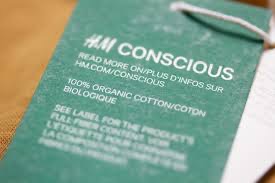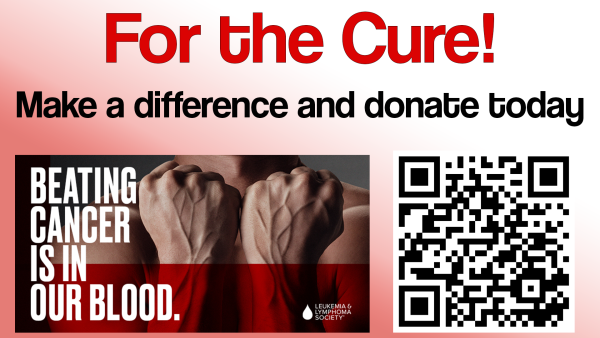Opinion: Going Green?
Corporate greenwashing is increasingly prevalent, as the drive for ever-increasing profit leads marketers to project a facade of environmental awareness.
Anti-greenwashing activists protest against huge corporations like Johnson & Johnson, IKEA, and ExxonMobil.
February 2, 2022
We have seen the fake discounts. We have seen the alluring commercials and manipulative product placements . However, the newest marketing ploy, greenwashing, has all of the other tactics beat.
Greenwashing is a common scheme that companies employ to make their products and services seem more sustainable than they really are.
As the climate crisis becomes more pressing, consumers–especially in the United States–want to feel as if they are helping the environment, even if it’s just in a small way. In fact, according to a 2020 poll done by Barrons, around two-thirds of Americans favor environmentally-friendly products whether they are being lied to or not.
Companies around the world have caught wind of this trend. One of the most notable is Amazon. After witnessing a rise of 15% in their carbon footprint from the previous year, Amazon signed the Climate Pledge in 2019. The basic goal of the pledge is to cut all carbon emissions by 2040.
While the pledge requires frequent environmental reporting and a promise to eliminate carbon, it does not provide any concrete steps to actually reduce these emissions. Additionally, the fine print of the pledge excludes the carbon footprint produced by its global supply chain, which accounts for 75% of the company’s total negative impact.
Another multi-national company that has been called out and sued for its greenwashing campaigns is Coca-Cola, which launched its campaign to help the polar bears in 1922. However, since then, it has made almost no progress in its promise as it has once again been named the world’s largest plastic polluter for the fourth year in a row.
Along with this, on a global level, Coca-Cola has been accused of violating several human rights conditions. For example, Coca-Cola’s plant located in southern India was found to severely deplete and contaminate available drinking water for nearby villages and cities. In Latin America, Coca-Cola has been accused of being behind numerous anti-union tortures and murder. For decades, Coca-Cola–like many other companies–has been hiding behind the facade of a climate-conscious company.
One of the more recent greenwashing examples is the fast-fashion company H&M. In 2010, H&M first launched its environmentally friendly line, the Conscious Collection. The line is supposed to be comprised of sustainable materials like organic cotton. However, the Conscious Collection was actually seen to have a higher percentage of synthetic fabric than the original line.

Of course, there are companies that genuinely do commit to sustainability. The most sustainable company for 2021, Patagonia, has made significant strides to help the Earth. Patagonia’s Action Work project allows for consumers to find activism stories and projects to become involved in.
But Patagonia is among the exceptions. In general, major issues like the climate crisis have fallen victim to the vicious cycle of commercialism, and too many companies are in denial of the harmful impacts of their deception.
Manipulating the consumer is a game corporations have been playing for centuries, but now the game is wreaking damage on an unprecedented scale. As the CEOs of Amazon, Coca-Cola, H&M, and many like them continue to disregard the climate while filling their pockets with more and more wealth, it raises the harrowing question–how far will these companies go? Or is it already too late?
_________________________________________________________________________________________
Editors’ note: All opinions expressed on The Uproar are a reflection solely of the beliefs of the bylined author and not the journalism program at NASH. We continue to welcome school-appropriate comments and guest articles.














